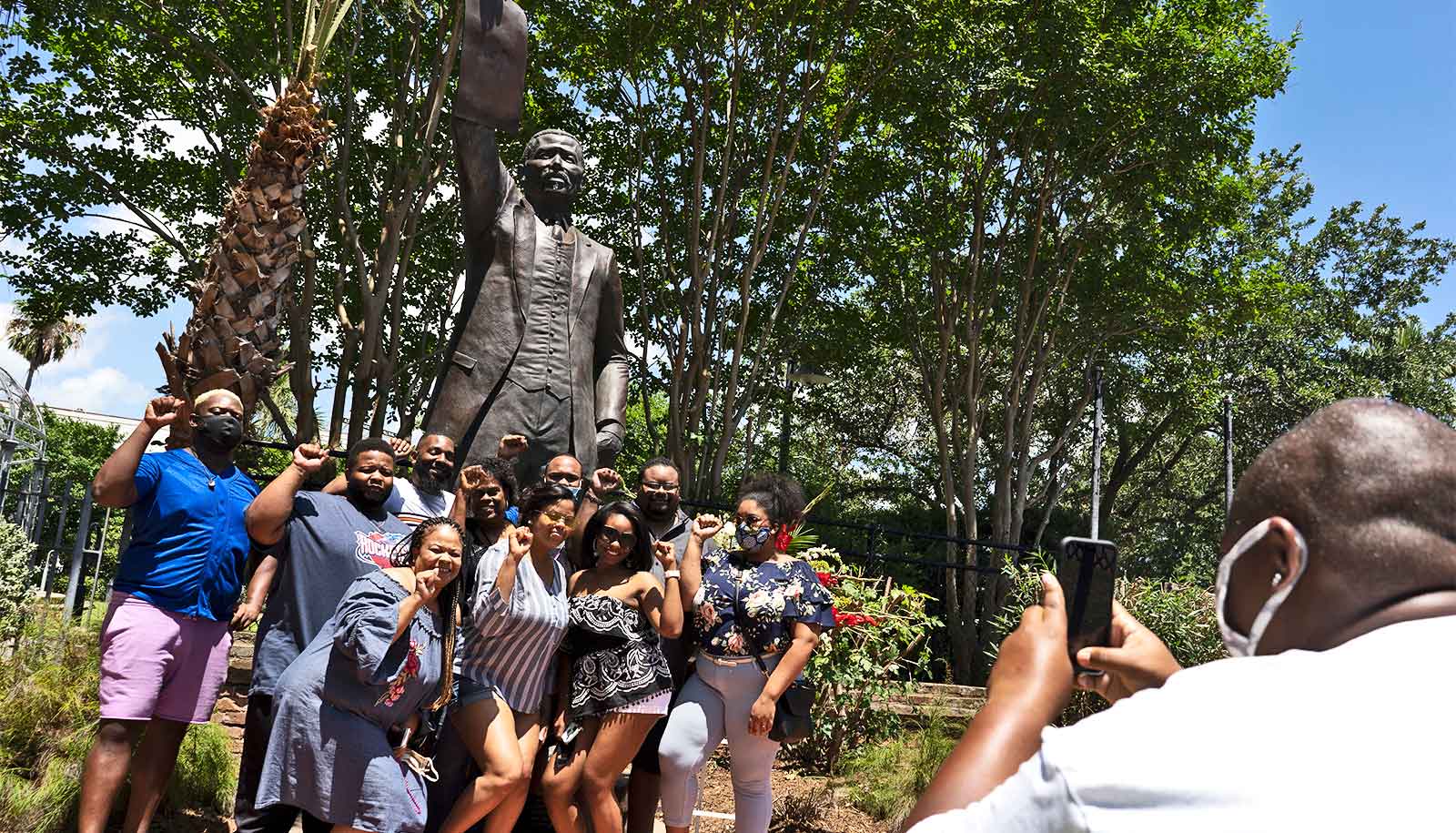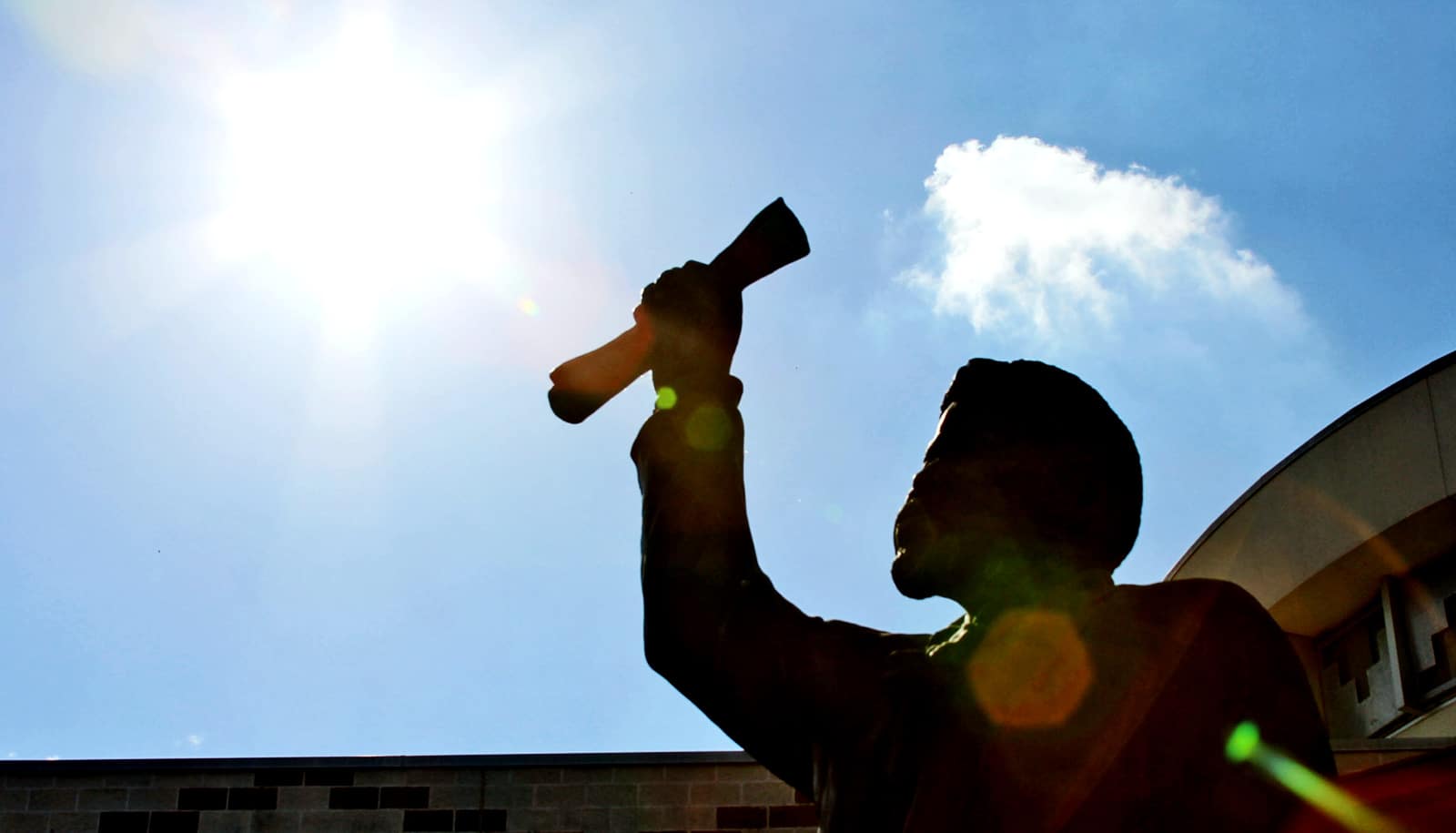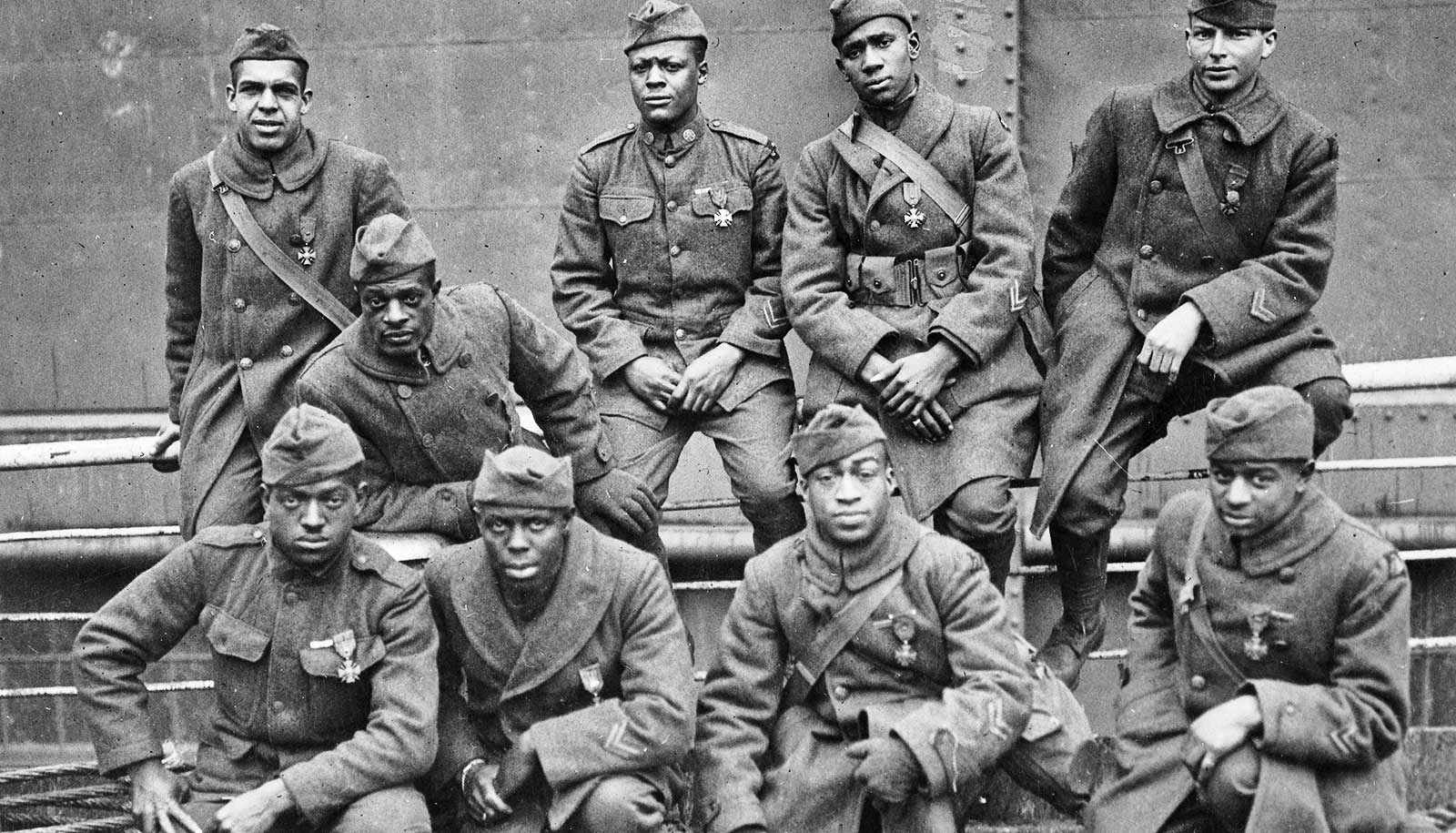For historian Julie Saville, the celebration of Juneteenth highlights the work that was required to secure freedom for enslaved Black people.
“The people of Texas are informed that, in accordance with a proclamation from the Executive of the United States, all slaves are free.”
Thus declared Major General Gordon Granger of the Union Army on June 19, 1865, reading aloud an order of emancipation in Galveston, Texas.
Now recognized as Juneteenth, the day represents for many Black Americans this country’s truest celebration of freedom.
Liberty, however, is difficult to affix to a calendar.

“I want to shift the balance from the notion that freedom or emancipation somehow arrived with an authorized proclamation,” says Saville, associate professor emerita in the history department at the University of Chicago. “State authority can proclaim or legitimate emancipation but, for better or for worse, it remains the work of the people on the ground to make emancipation meaningful.”
A leading expert on the era of transatlantic slave emancipations, Saville questions the view of freedom as a gift from above: “Close attention to a single date, while it might facilitate commercial holiday observances, can obscure as much as it reveals.”
More than an official pronouncement by the state, emancipation reflects the cumulative impact of the “war within the war” fought by people in bondage, Saville says. The notion that a proclamation by a Union officer was sufficient to abolish slavery overshadows the efforts of others: the 750,000 enslaved men, women, and children who successfully escaped to federal territory or died in their attempts; the enslaved people who surreptitiously mounted work stoppages and slowdowns behind Confederate lines; or the nearly 200,000 African American soldiers who served in the Union Army.
“Even in East Texas, it’s unlikely that first season of emancipation was given over to entertainment and festivity,” says Saville. Instead, what followed was a “period of heightened instability”—a world that had exited a certain structure of social order but not yet consolidated a new one.
A literal reading of Granger’s order reveals its incompleteness: The order assumes a compliance on the part of former slaveowners that would not be forthcoming. Though it declared “absolute equality… between former masters and slaves,” the order also advised formerly enslaved people “to remain quietly at their present homes, and work for wages,” inadvertently jettisoning the aspirations of those freed people who desired to become landowning farmers.
Formerly enslaved people did not always desire the arrangements that Granger’s order prescribed, nor were those arrangements necessarily possible. One early document, Saville says, describes a mother enlisting the Freedmen’s Bureau to secure her child, whom the former owner would not release. The reconstitution of families separated by antebellum sales or wartime dislocations remained a central focus of Black communal life until the early 20th century.
Emancipation celebrations nonetheless broke out across the South during this time, revealing how Black Americans envisioned their own futures. As an example, Saville cites a document from December 1862. An army commander in southern Louisiana complained of enslaved people riding through the countryside, ringing bells and making other sounds of joyous noise. They had heard rumors of freedom, and were spreading the good news even before the Emancipation Proclamation took effect on January 1, 1863.
The Emancipation Proclamation, however, did not outlaw the institution of slavery. Applied only to Confederate states, it exempted areas of the South already occupied by Union troops—including that Louisiana countryside.
“Union-occupied areas were exempted from the proclamation’s promise,” Saville says.
Later celebrations, she adds, reflected additional, emergent claims on citizenship by formerly enslaved people. In May 1865, black residents of Charleston, South Carolina—including both formerly enslaved and freeborn black people—organized a large parade in city streets, where a cart carried a coffin with the banner “Slavery is dead and buried.” Men, women and children walked carrying shovels, hammers, and other tools of their trades.
During the aftermath of war, marching clubs proliferated in the South, playing multiple roles. Members paraded on public holidays, at political rallies, during negotiations with landowners for wages, and offered protection to voters who marched to the polls in groups. Black Americans had not only created an agricultural labor movement, but also actively defended their suffrage when Reconstruction politics made voting a “blood sport.”
The term “Juneteenth” seems to have first appeared in print in a Galveston, Texas, newspaper in 1890, at the onset of an era of disfranchisement and intensifying social repression. Juneteenth observances nevertheless continued as African American communities transferred their social energies to the ostensibly less explosive social terrain of leisure, sports, schooling, and the reconstitution of institutions of community welfare.
The holiday emerged again as a matter of public political life when it became an official state holiday in Texas in 1980. In June 2021, Juneteenth became a federal holiday.
The recent death of George Floyd—as well as the killing of many other black Americans—has sparked widespread protests against police violence and dramatically shifted public opinion of the Black Lives Matter movement. In that context, Juneteenth may resonate even more.
Such is the nature of holidays, Saville says. What they accomplish for people in a given moment need not be limited to the original subject of commemoration.
“In other words, historical pageants that are for enjoyment and entertainment aren’t meant to be authentic replicas of an earlier era,” she says. “Their purpose is to serve the present.”
Source: University of Chicago



